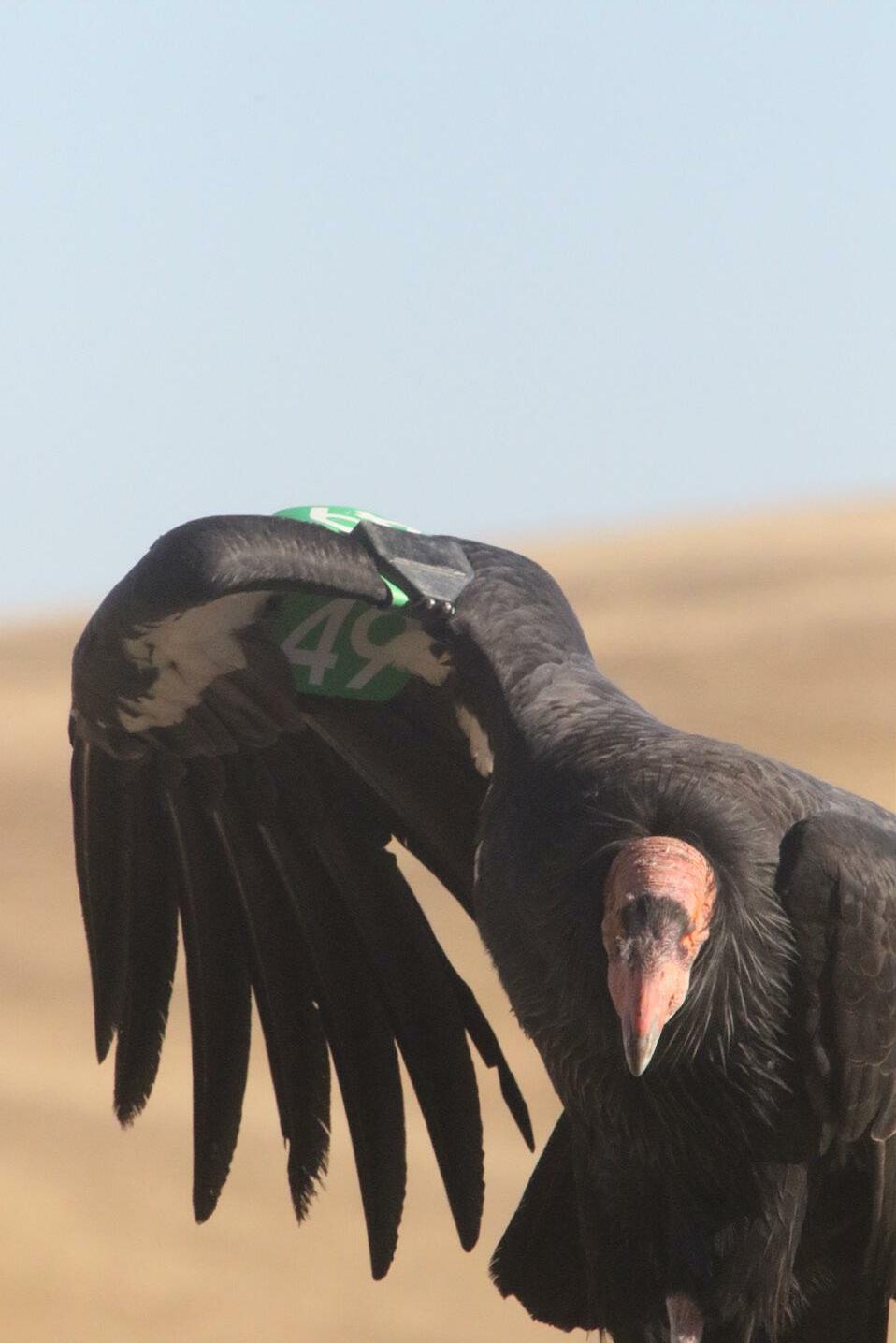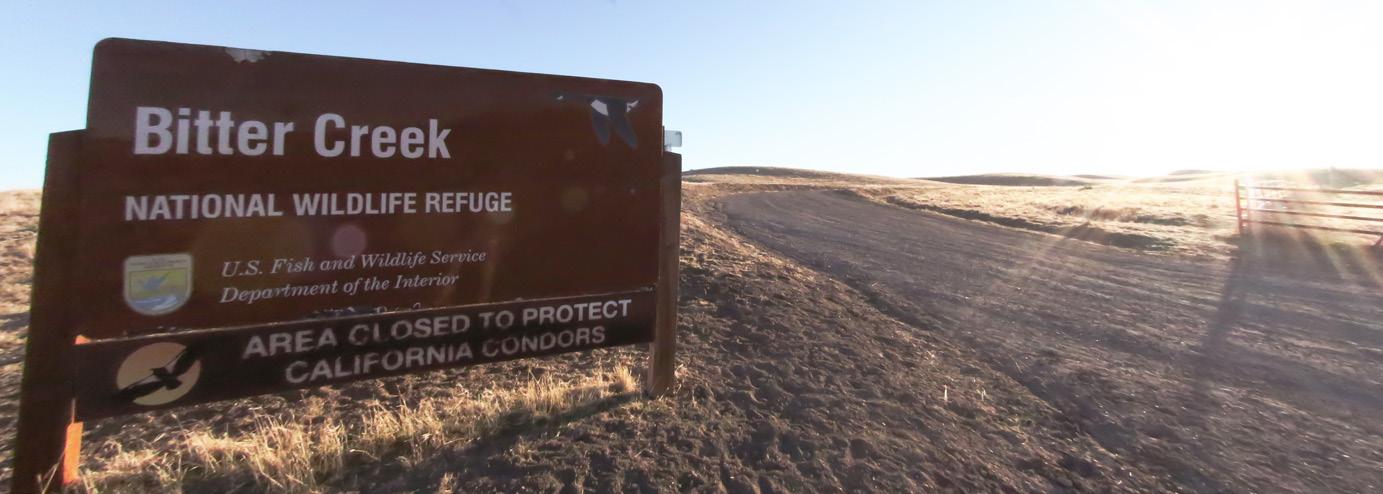
9 minute read
World of Wine | Taste Wine Like a Pro
WORLD OF WINE
Taste Wine Like a Pro
BY MIRA HONEYCUTT
Awine tasting experience awakens your five senses, from sight and sound to smell, taste and touch. So how do you engage all your senses in a skilled systematic way to taste wine like a pro?
Let’s begin with the sound experience: the pulling or popping of the cork as it escapes from the bottle, the liquid poured in the glass and the clinking of glasses as friends offer the customary toast. Then comes the touch, the sensation of a chilled bottle or the wine glass in your hand.
But the most important part of the wine experience lies in these three senses and in this order: sight (appearance), smell (nose) and taste (palate).
Appearance: The first thing you notice about wine is the color — white, pink or red. Then its clarity — clear or hazy — and its intensity, which can range from pale to medium or deep. A hazy wine that is dull in appearance is either very old or a badly stored wine. Sometimes the wine will have a hint of brown, however, that doesn’t always indicate a fault. I’ve tasted some very old vintages that are hazy and brown, yet they express freshness and stand up to their age-worthiness.
As for intensity, is it pale, medium or deep? Tilt the glass against a white background (a sheet of paper or napkin) to determine its color intensity.
In white wines, the colors range from lemon to gold and amber. In Rosé wines, the spectrum runs from pink to salmon and orange. Finally, in reds, they can be deep purple, ruby, garnet or tawny. Within these color ranges check if it’s pale or particularly intense. In white wines, older vintages get darker in color and reds get lighter. A hazy brown coloring might indicate a fault.
Nose: Swirl your wine in the glass to release its aromas, then take a sniff. Don’t hesitate to put your nose right into the glass. Are there any off-notes or a fault like cork-taint? At its worst, it can have a damp-cardboard or pungent aroma in which case it’s undrinkable. If it lacks freshness, then you know the fault is not that dominant in which case take a sip and assess the wine.
In a healthy wine, common aroma and flavor characteristics run from floral, fruit, oak, vanilla, dairy, spice or vegetable. Yes, some sensitive sniffers come up with sensory terms as ‘wet socks.’
Palate: Your palate is very personal and tasting can be subjective.
However, the notable structural characteristics on the palate will be sweetness, acidity, tannin, alcohol and body.
With that first sip of wine, you will use your sense of taste for the wine’s sugar, acidity and bitterness. While your tongue is sensitive to all types of taste, generally sweetness is detected at the tip of the tongue, acidity on the sides and bitterness at the back.
To get a complete impression of the wine, take a tasting sip and draw in air through your lips. This will allow the wine to coat your entire mouth, with the vapors carried up the back of your nose. This is when the sense of smell combines with the sense of taste and helps you detect the wine’s flavor characteristics.
Assess the wine for its sweetness. Is it dry, off-dry, medium or sweet? Although all sugar in the grape is converted to alcohol, a slight sweetness or fruitiness can linger in the wine. Other than sweet late harvest dessert wines, almost all red wines and some white wines are dry. Slightly sweet white wines are known as “off-dry.”
Of the wine’s acidity and tannin, is it low, medium or high? Acidity in wine gives it vibrancy and freshness. It’s present in all wines with whites, in particular, retaining more acidity than reds. Tannin, derived from grape skins, depends on the amount of skin contact during winemaking. Tannin gives structure and its sensation ranges from bitter taste (felt at the back of the tongue) to astringent on the gums. Soft ripe tannins will give viscosity and body to the wine.
The wine’s body or mouthfeel is the sensation of richness and weight. Is it a light, medium or full-bodied wine? (Compare the mouthfeel to skim milk, whole milk or half-and-half respectively.)
Once you have assessed the above, what about the all-important sensation, the wine’s flavor characteristics? This comes in the form of aroma components such as floral (rose, violet), fruit (green, citrus, red, black or stone fruit), herbaceous, vegetable, spice, oak, vanilla, dairy and mineral.
Now that you’ve gone through the tasting experience systematically, how is the wine’s finish? Do all the desirable flavors linger in your mouth? A long complex finish will be a good indicator of quality wine.
Above all, when assessing wine, look for the balance — the harmony of fruit expression, tannin and acidity. As in life, wine is all about balance.
BITTER CREEK CHRONICLES
Tracking the Condors

BY CHUCK GRAHAM
There wasn’t much going on at the Bitter Creek National Wildlife Refuge (NWF). I was lying in the grassy, rolling hills of this California condor sanctuary, and I was waiting for something to stir. It was mid-afternoon and thermal updrafts were just beginning to waft skyward when a solitary condor rose above the refuge like a fighter jet off an aircraft carrier.
I sat straight up, holding my 300mm lens in my lap, thoroughly thrilled to see North America’s largest flying land bird soaring above, and quickly joined by another condor. They circled overhead making several passes, their pinkish/orange heads standing out against their impressive velvety black 9-footplus wingspans, their wingtips extending outward like giant fingers on an outstretched hand.
Over the years, release sites like Bitter Creek have expanded throughout the condor’s historic range. There are currently 5 other sites besides Bitter Creek that serve as sanctuaries and release stations. Those include nearby Hopper Mountain, Ventana Wilderness along the Big Sur Coast, Pinnacles National Park, Grand Canyon National Park, and Baja California. The wild population is augmented with captive-bred birds. Their flight pens help garner condor behavior. The recovery program has been doing this since the early 1990s. And although the wild population is growing and old territories are re-established, it’s getting increasingly more challenging to track their whereabouts. Condors average around 150 miles per day in the air.
“It’s a sign of their recovery that they are expanding,” said Arianna Punzalan, supervisory wildlife biologist for the USFWS, who has worked with condors since 2012. “It’s a good thing and a bad thing because how do we continue to monitor these birds?”
Nestled within the Transverse Ranges, between the Carrizo Plain National Monument and the Sespe Wilderness, Bitter Creek NWF is a haven and another launching pad for releasing endangered California condors.
Orchard Draw
After walking beneath an old, green-leafed, apple orchard on what was then part of the Hudson Ranch, we hiked a short distance north to an exposed ridgeline overlooking the open book-shaped Orchard Draw on Bitter Creek. The narrow, nondescript canyon was choked in scrubby chaparral, but at the bottom of the draw was a gritty sandstone monolith.
For a good 30 minutes there wasn’t any activity, and then finally there was some movement. The sandstone rock outcropping possessed a few gritty cavities and emerging from the shadows of a shadowy alcove was an adult male condor, known as Condor 328. There was one egg in the cave and the doting parents swap out on parenting duties, which means they share responsibilities on incubating their egg. The female is known as Condor 216. They’ve been together for 10 years.
Condors produce a chick every other year. The chick fledges after 6 months in the cave nest. Condors are monogamous, and if the pair survives, they will return to the same nest site to give it another go. Currently, there are 300 California condors in the wild. left in the wild. It was now or never for these iconic raptors. Captive breeding was the only option, so an aggressive plan was put in motion to save these impressive scavengers.
There was one thing that stood out on the barren knoll overlooking the southwest portion of Bitter Creek. It was an old horse carcass lying amongst some vibrant California poppies. It marked the site of an ambitious effort to capture the last remaining California condors. Wildlife biologists Peter Bloom and Dave Clendenon created their pit trap in 1987.
The two biologists dug a shallow grave partially burying themselves with organic debris and a stillborn calf carcass lying across the top. Sometimes the two would conceal themselves from sunrise to sunset, waiting patiently for one of the last remaining condors to land on top of them. All they would have with them was some food, water, and a pee bottle. When a condor would land, they would grab it. Stories of black widows and rattlesnakes visiting the pit trap while the two biologists hid beneath were part of Pit Trap lore, but anything to save these exemplary birds.
Getting The Lead Out
“I got super lucky and saw the egg the day after it was laid,” said Laura McMahon, wildlife biologist for the USFWS. “It’s pretty easy spotting a nest when a condor is standing in front of it.”
Pit Trap
California condors are Ice Age birds. Fossil records indicate they once soared all over North America. However, as megafauna died off so, too did the condor’s range. Fast forward to the 1800s, their range had shrunk to the point where California became their last stronghold, but it was shrinking quickly. Predators were killed off, either shot or poisoned. Egg collecting and selling condor feathers were common practices.
Besides habitat loss, the biggest challenge for the survival of the California condor is use of lead bullets in their habitat. There are alternatives out there for hunters to use, but change can be slow.
Condors are scavengers. They are the cleaners of the forest. With incredible eyesight, condors locate carcasses and feed mightily. Lead fragments are soft and break down easily within the condor’s food source. However, lead fragments get in the condors’ bloodstream, attacking their nervous system.
“If we remove lead from the environment, condors can be self-sustaining,” said Punzalan. “Change is hard, but lead is more of a challenge. Partners are invaluable about getting the word out. Hopefully in my lifetime, the condor will be delisted.”


A California condor, tagged for tracking purposes, is spotted at the Bitter Creek National Wildlife Reserve. Photo by Chuck Graham The Bitter Creek National Wildlife Reserve is part of the condor recovery program that’s been in place since the 1990s. Photo by Chuck Graham


A sign denoted a condor indicates who might be flying by at the Bitter Creek NWF. Photo by Chuck Graham








